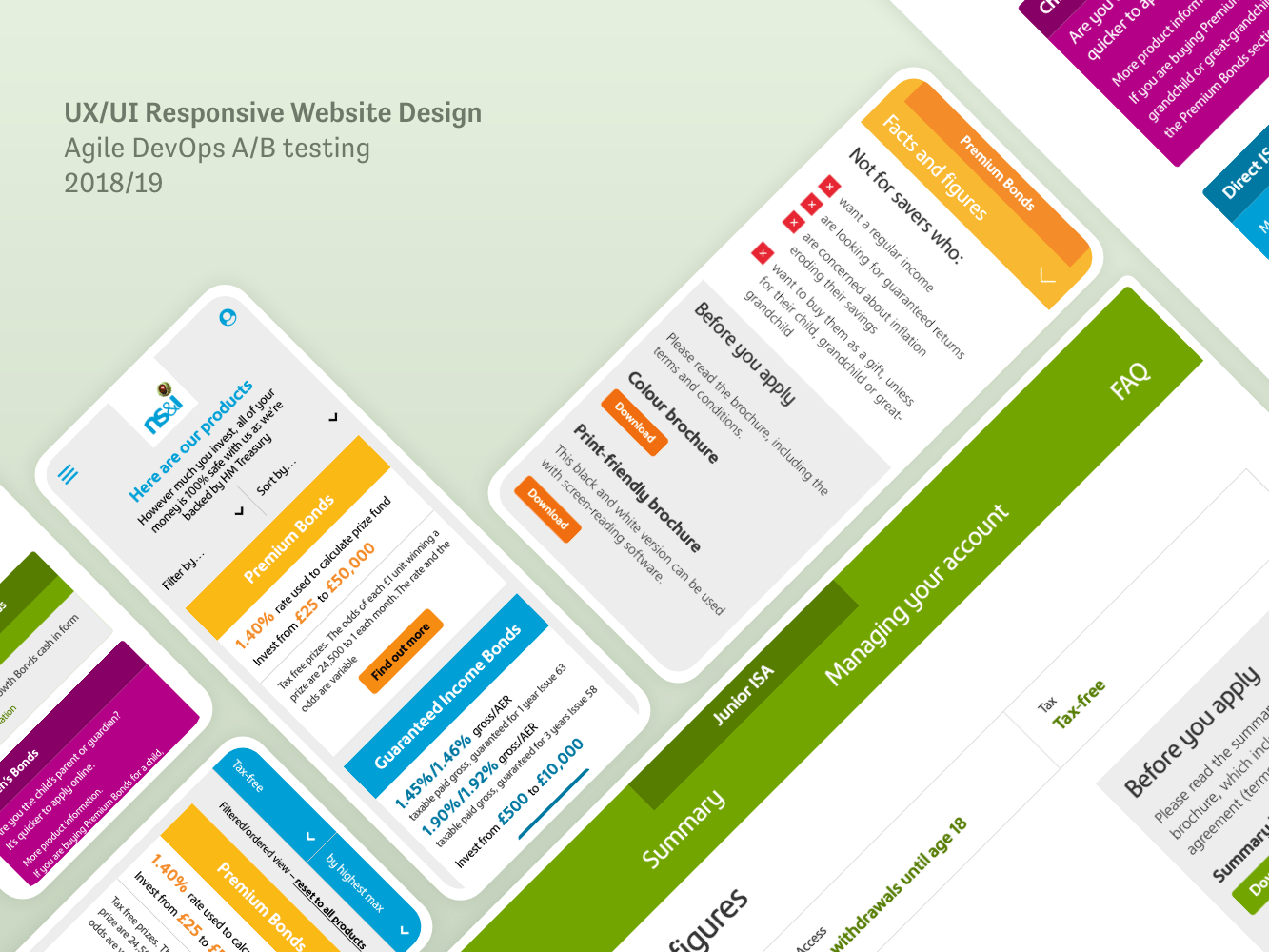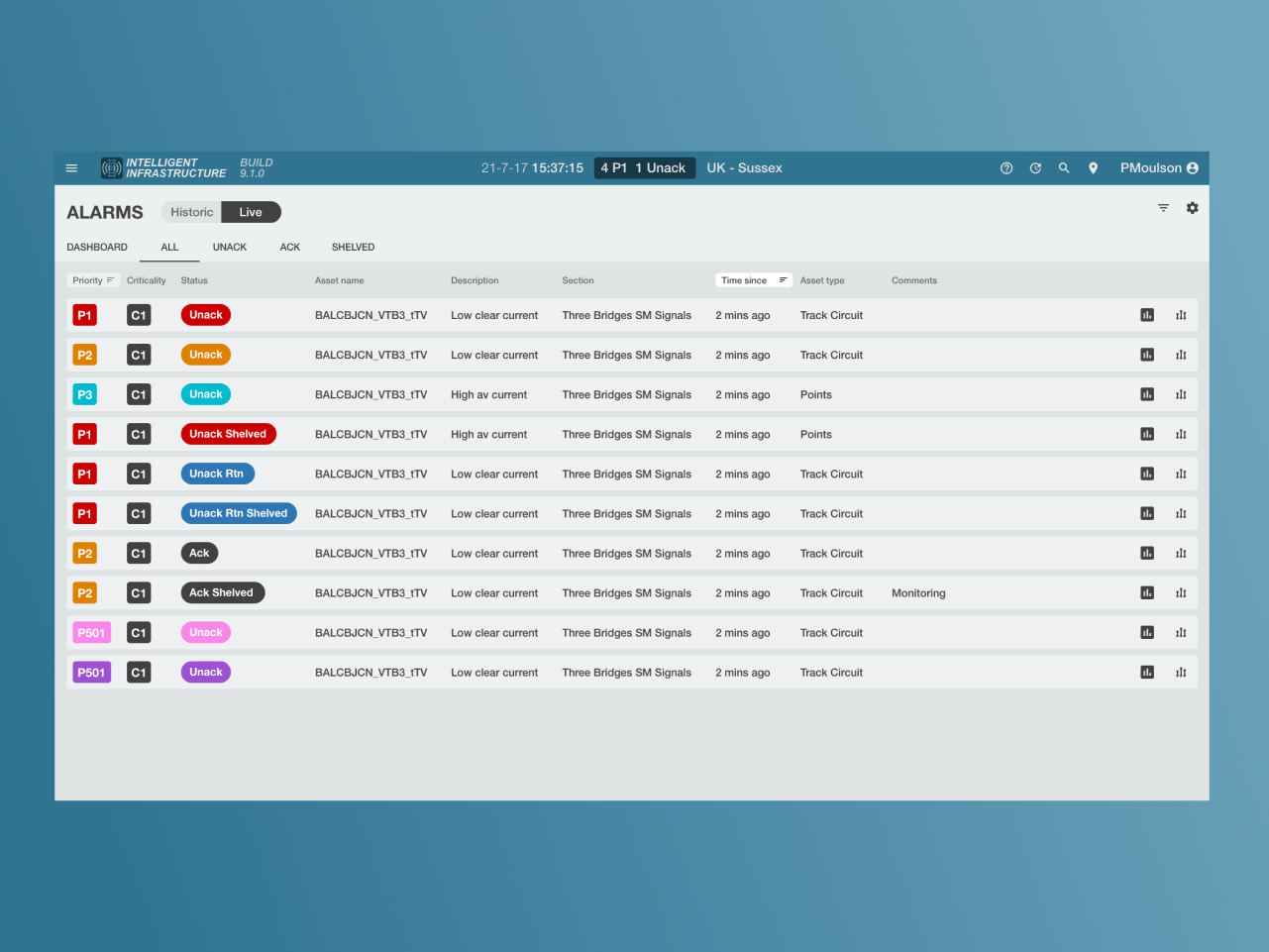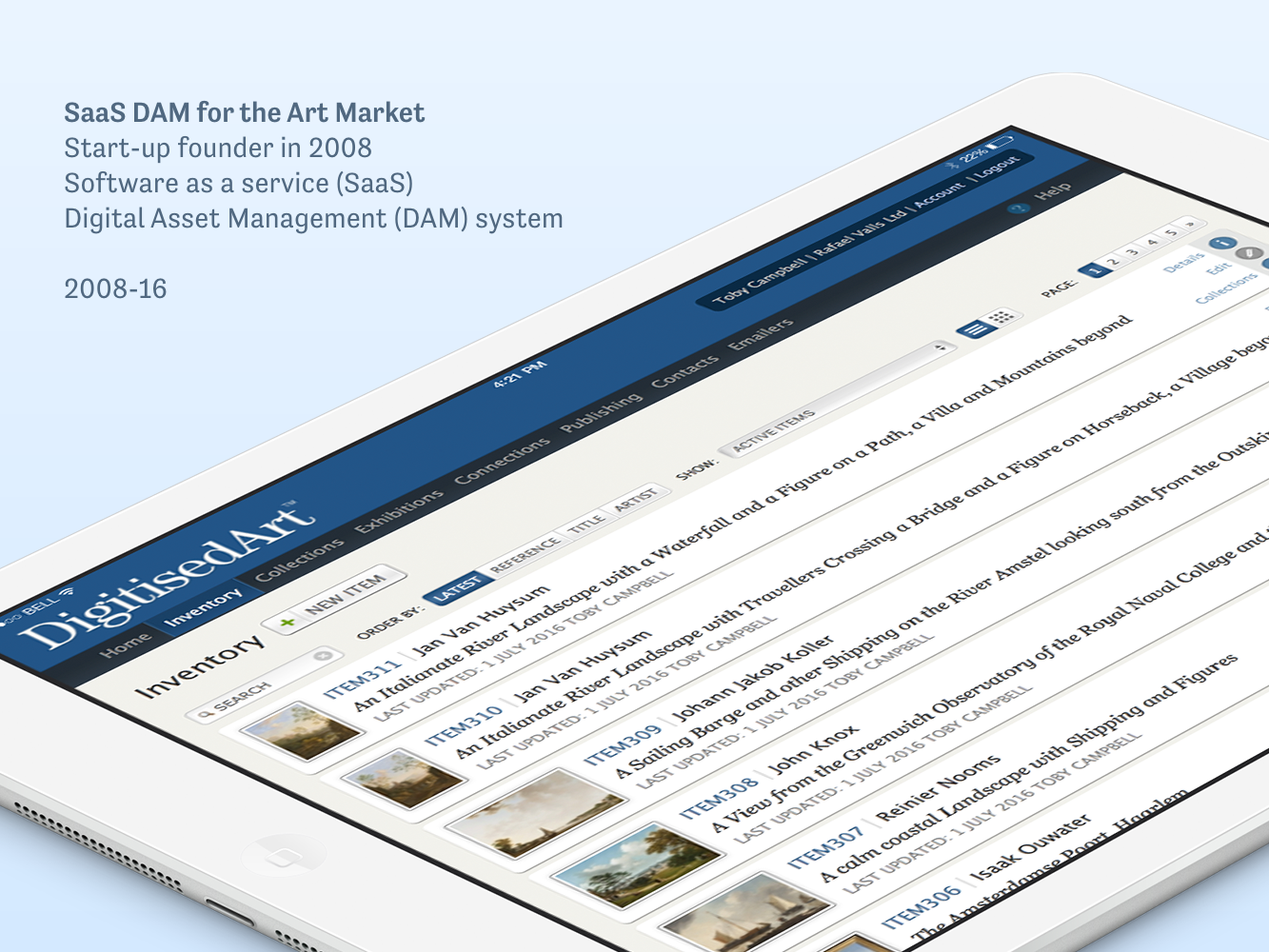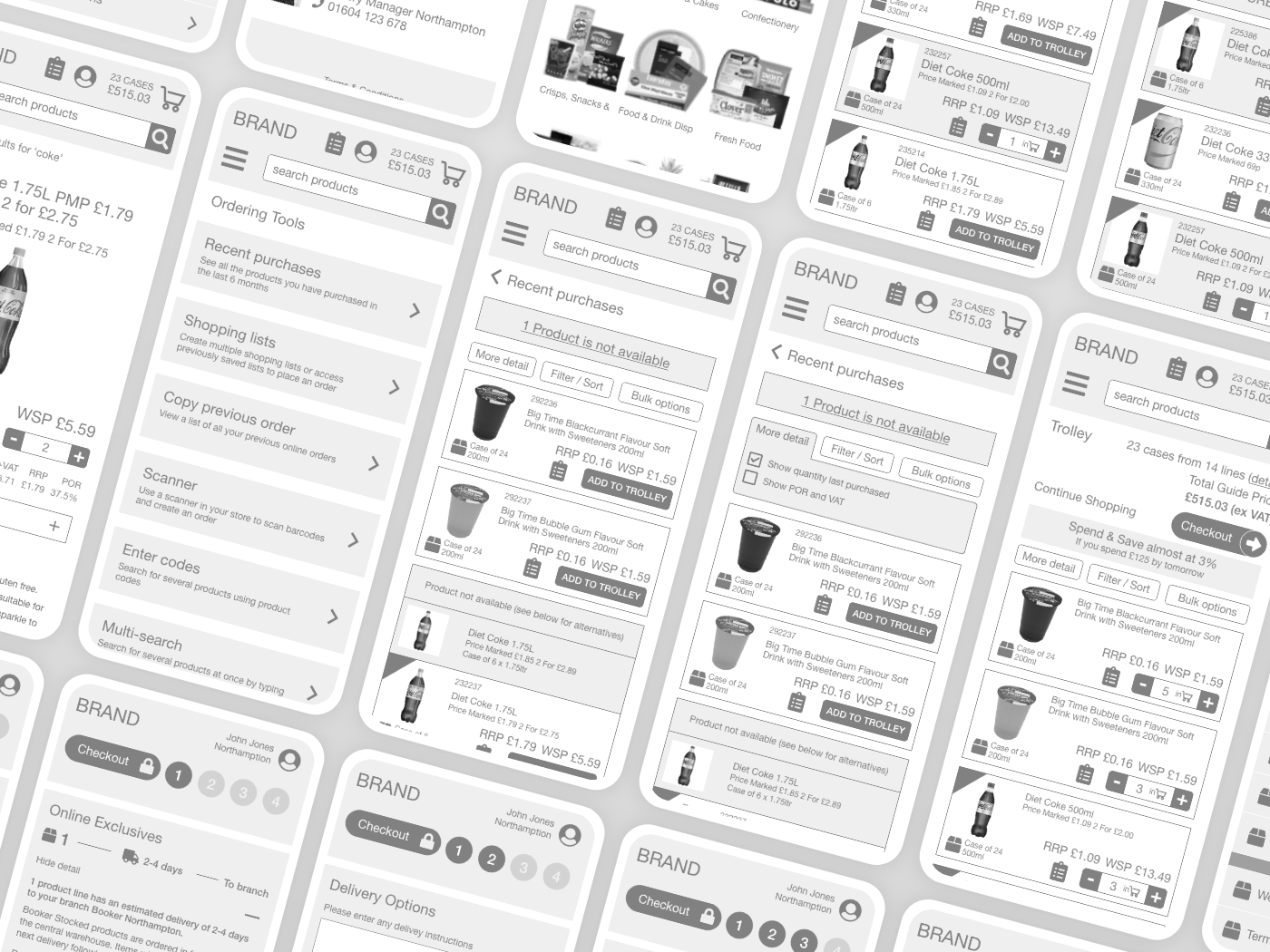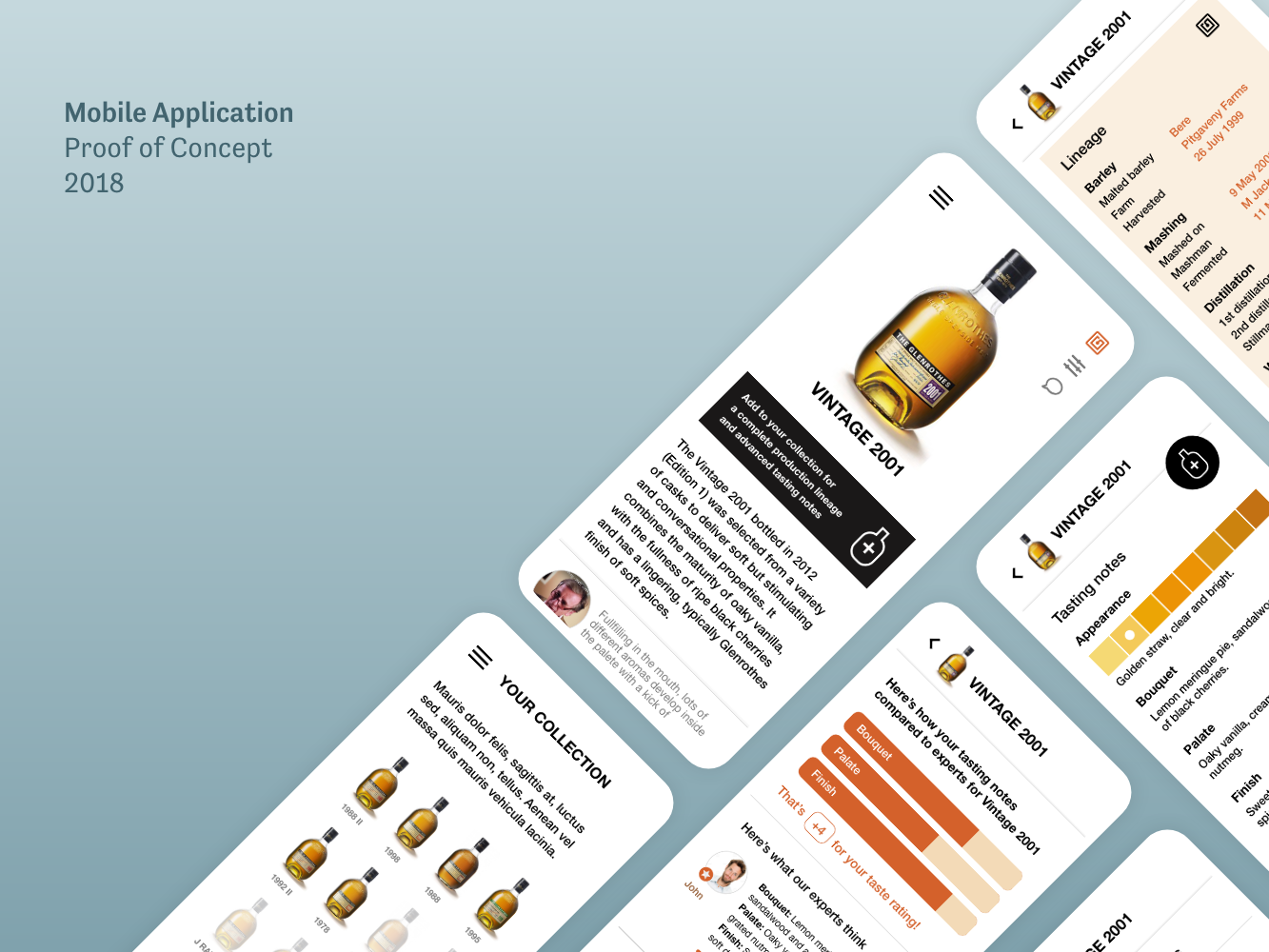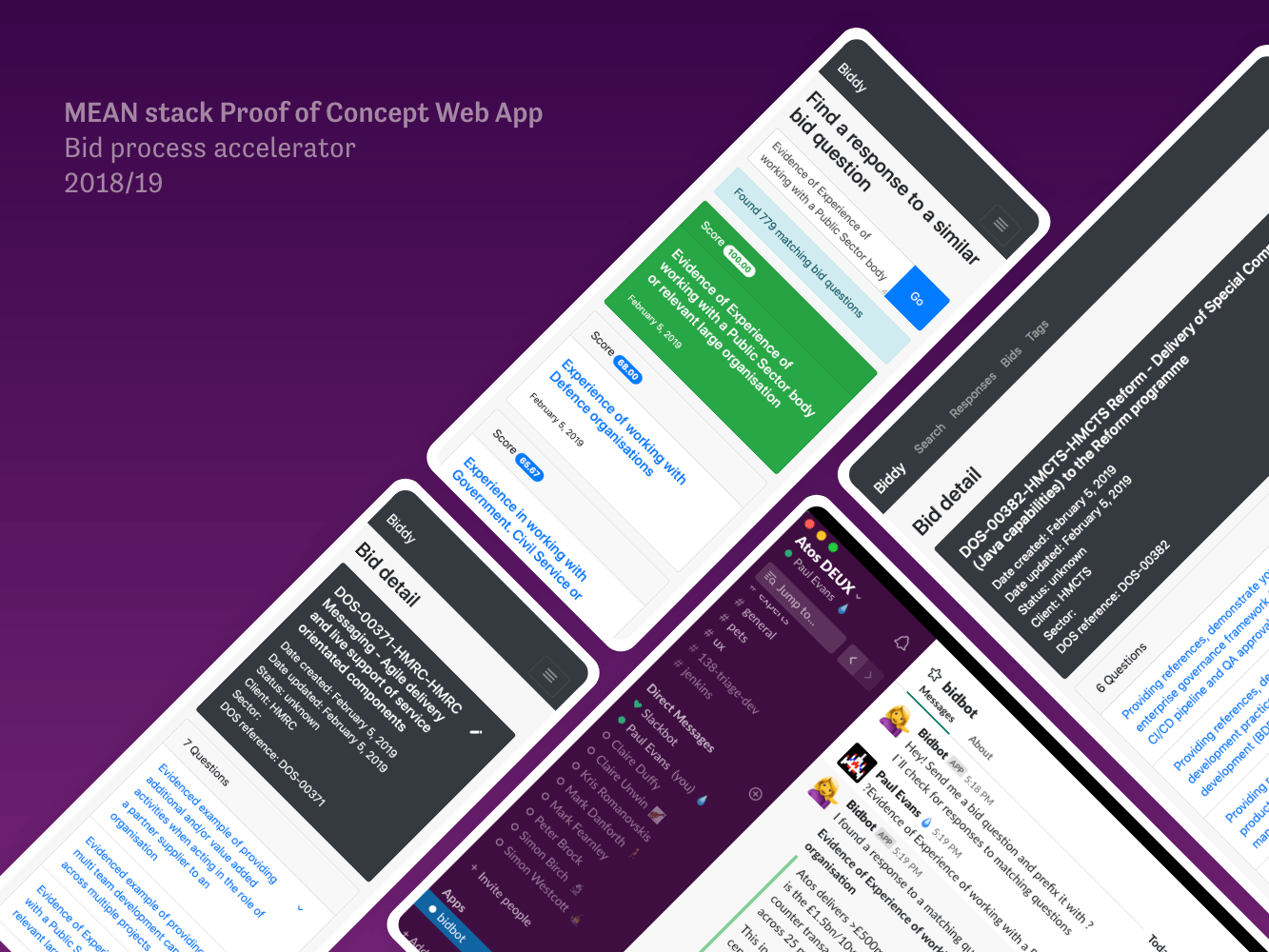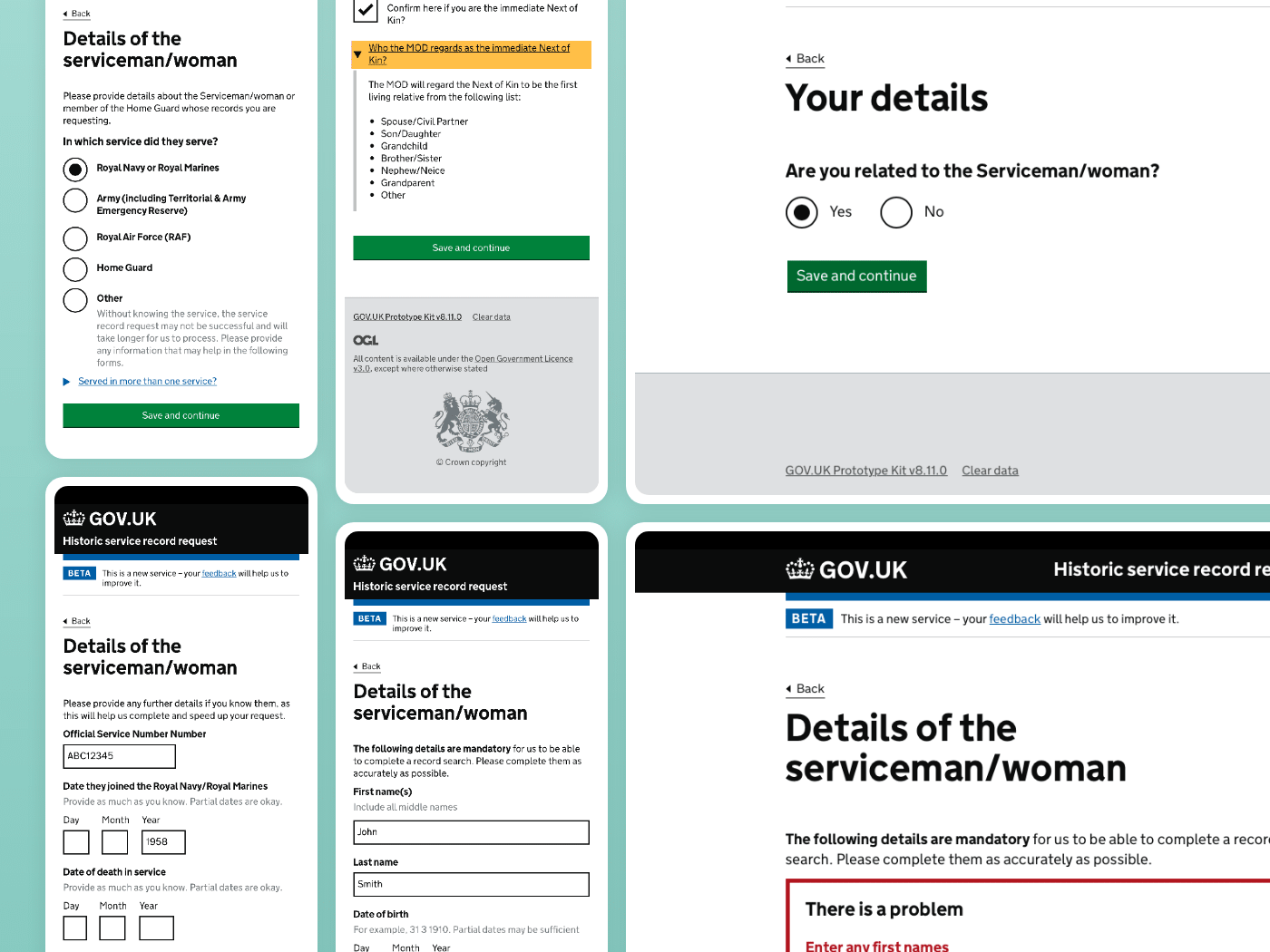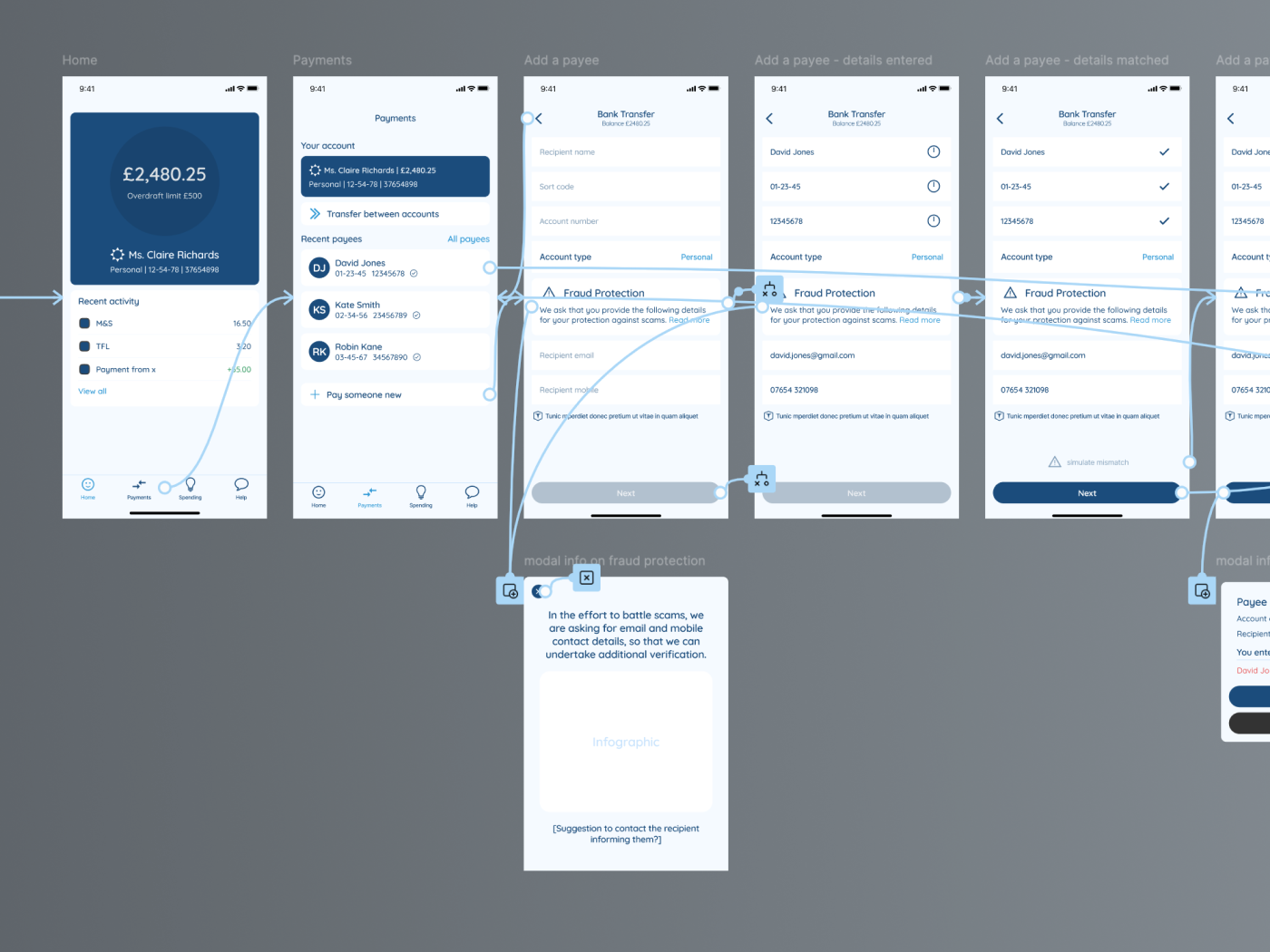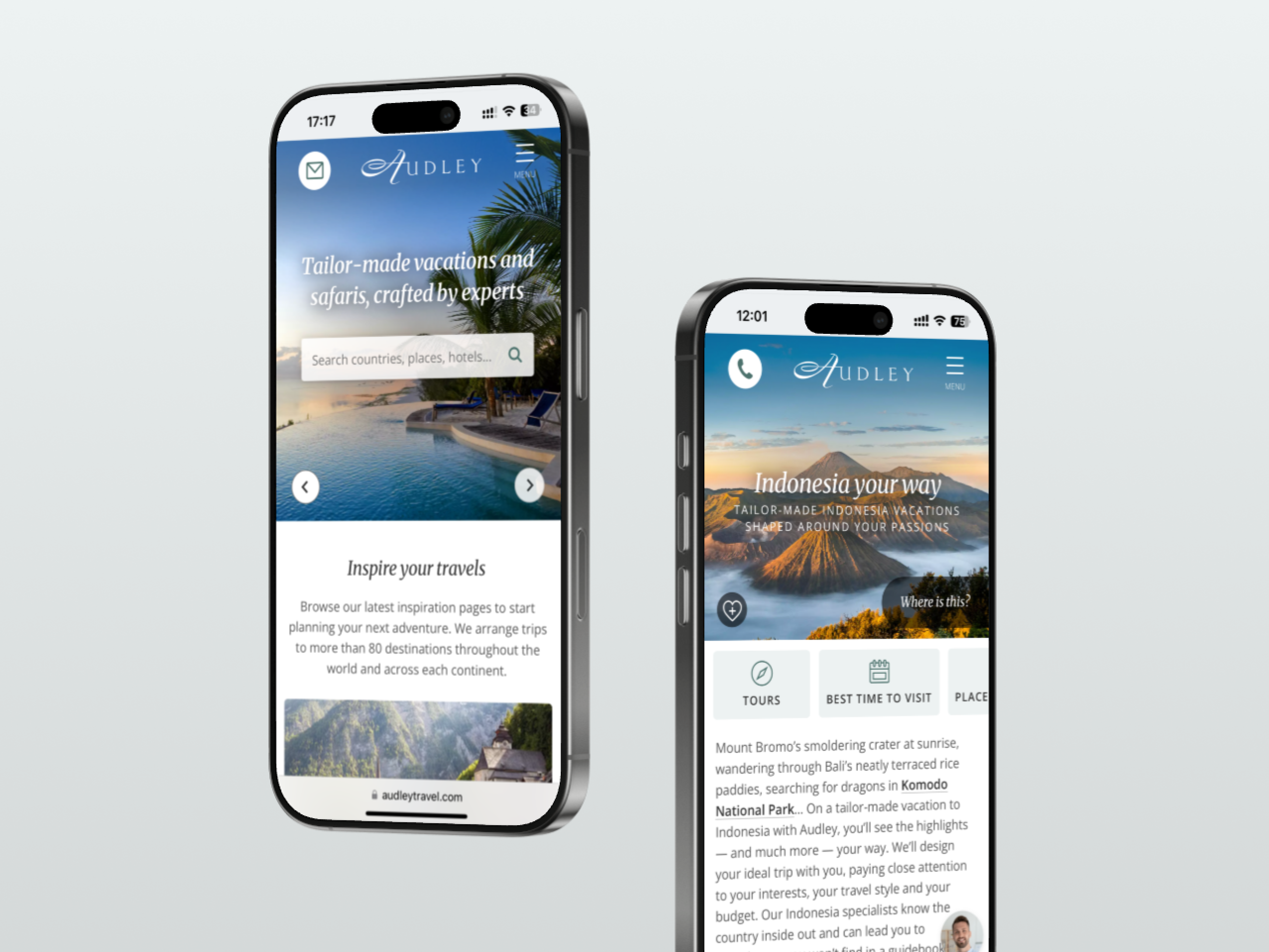Rebellion Defense's mission is to help the US and its partners outpace tomorrow's adversary.
As the Lead Product Designer, I was tasked with developing a cutting-edge application for counter-intelligence operations.
Note that some details and context have been amended or obscured to protect data sensitivity.
Rapid insight at the edge of operations
Actionable intelligence in minutes, not days
The Ministry of Defense required a sophisticated solution to process high volumes of intelligence data rapidly and efficiently at the edge of operations, providing actionable insights through ML-backed processing and intuitive visualization.
My role
As the Lead Product Designer, I was tasked with developing a cutting-edge application for the UK Ministry of Defense's counter-intelligence operations. The challenge was to create a secure, efficient interface that could process and visualize high volumes of data at the edge of operations, enabling rapid intelligence gathering and analysis.
This case study demonstrates my approach to this sensitive and complex design challenge, highlighting my expertise in user-centered design, AI/ML integration, and cross-functional collaboration in a high-pressure, mission-critical environment.
Key Challenges
– Processing large volumes of data at source with speed and reliability
– Developing ML-backed features for efficient data analysis
– Creating an intuitive interface for visualization and search capabilities
– Designing for secure, remote accessibility in operational environments
– Simplifying complex user interactions and navigation for intelligence operations
From research to prototypes: shaping intelligence tools with precision and empathy.
Our team collaborated closely with the UK Ministry of Defence (MoD) to deeply understand the complex and high-stakes operating environment at the edge of live military operations.
Partnering with former intelligence agents and a service designer, we conducted extensive interviews and periodic reviews to uncover operating conditions, data processing challenges, and intelligence workflows. This rigorous research identified critical pain points and key jobs to be done, providing a foundation for user-centered design.
In close collaboration with ML engineers, I strategically explored and conceptualized various ML techniques to uncover potential product features, ensuring advanced technologies were seamlessly integrated into user-centered design solutions.
I synthesized these research findings into actionable insights, developing detailed personas and collaborating with PMs to define use cases that directly informed our design direction. My responsibilities included designing the information architecture, creating wireframes (low and high fidelity), and building interactive prototypes to test and validate design solutions against real-world operational needs.
Early stage concept sketches for design/engineering discussion, prior to lower fidelity Figma prototyping.
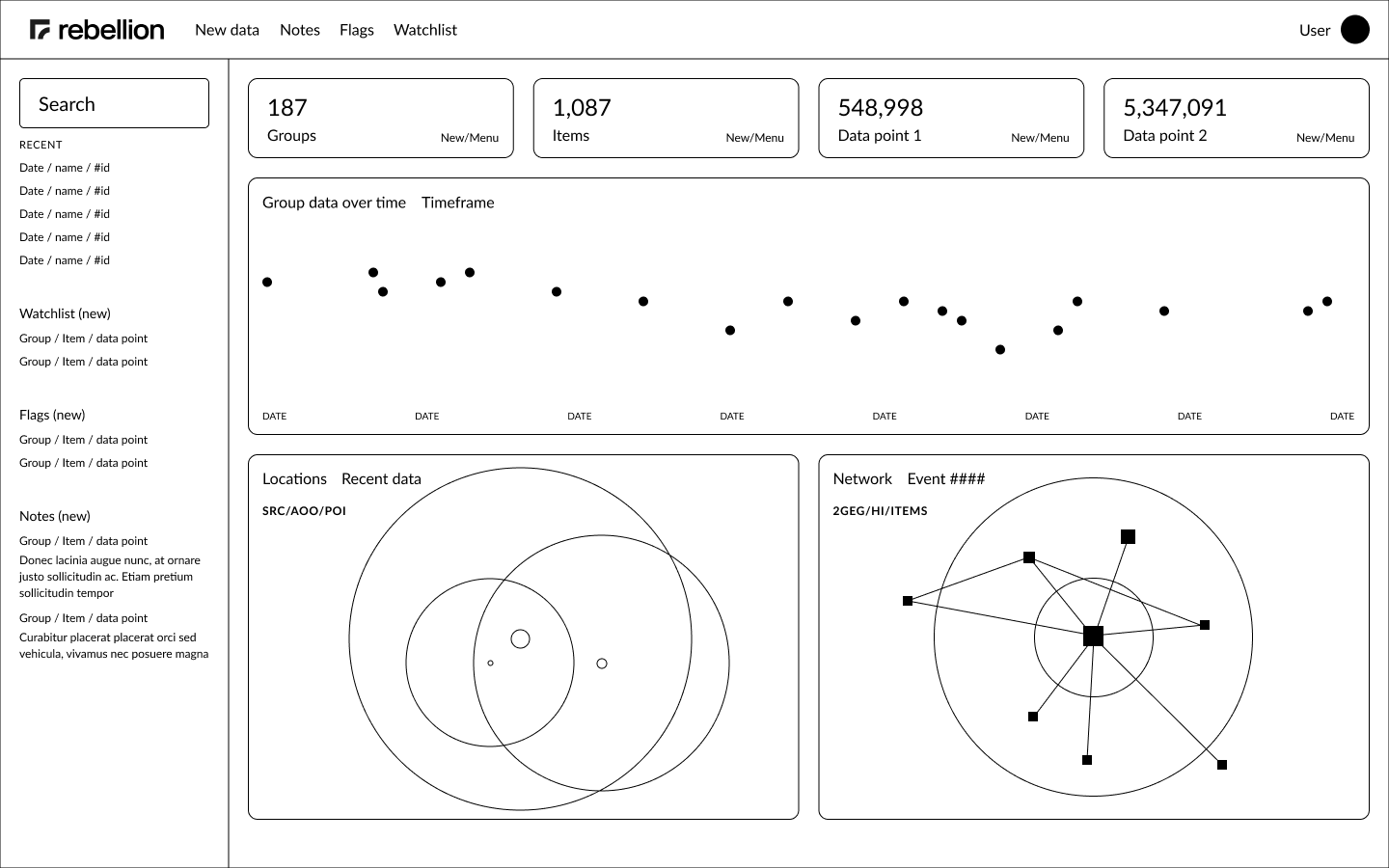
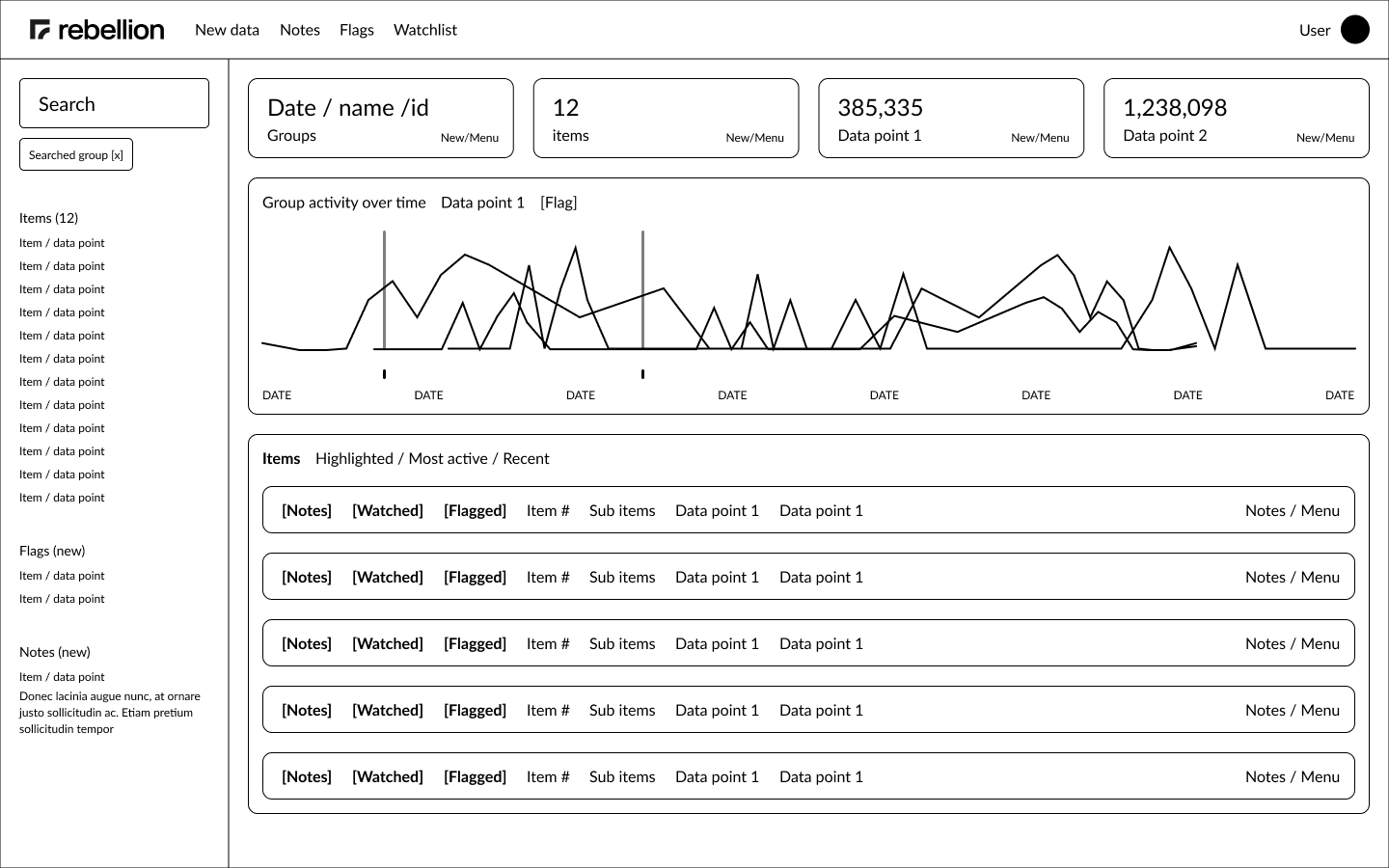
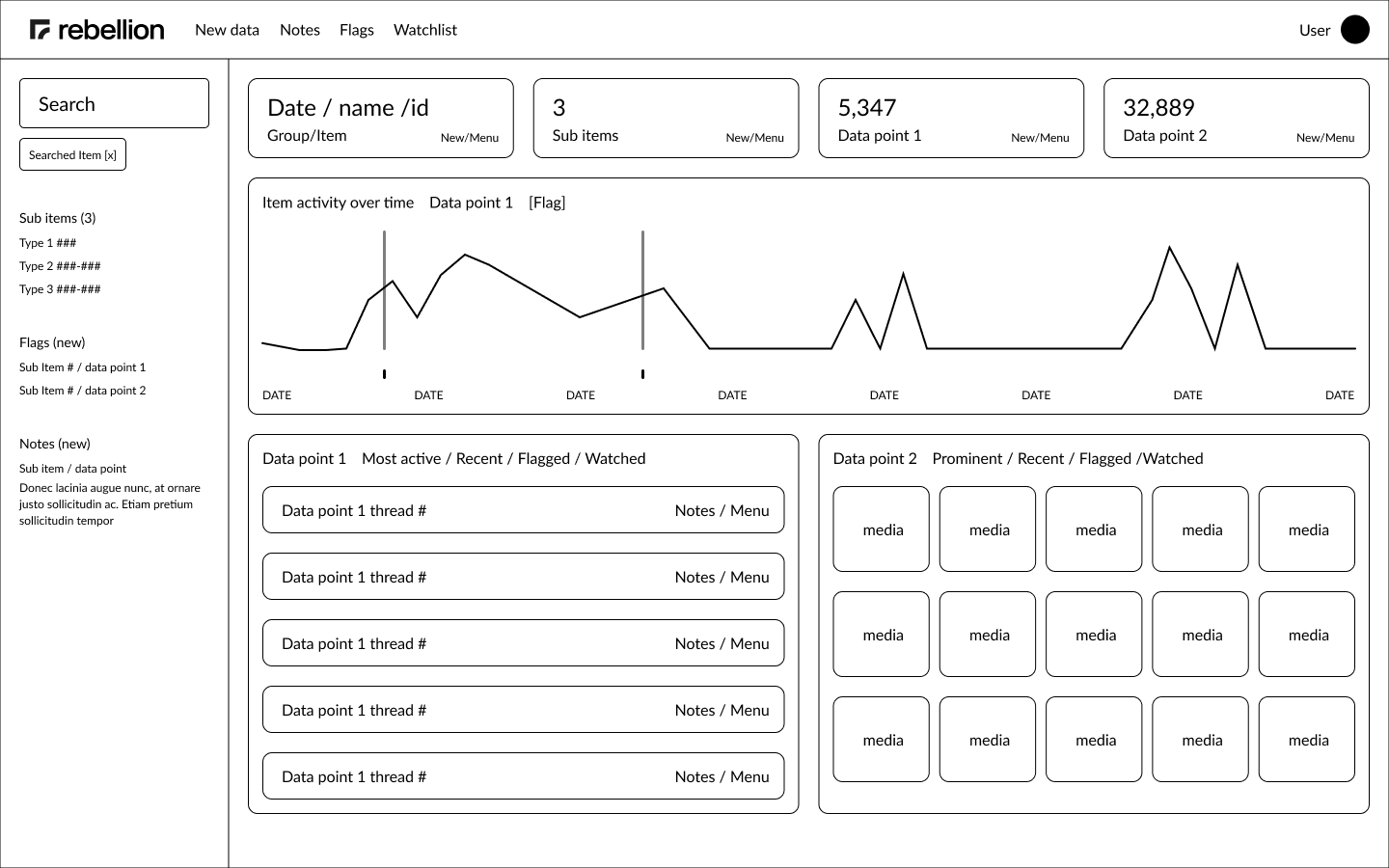
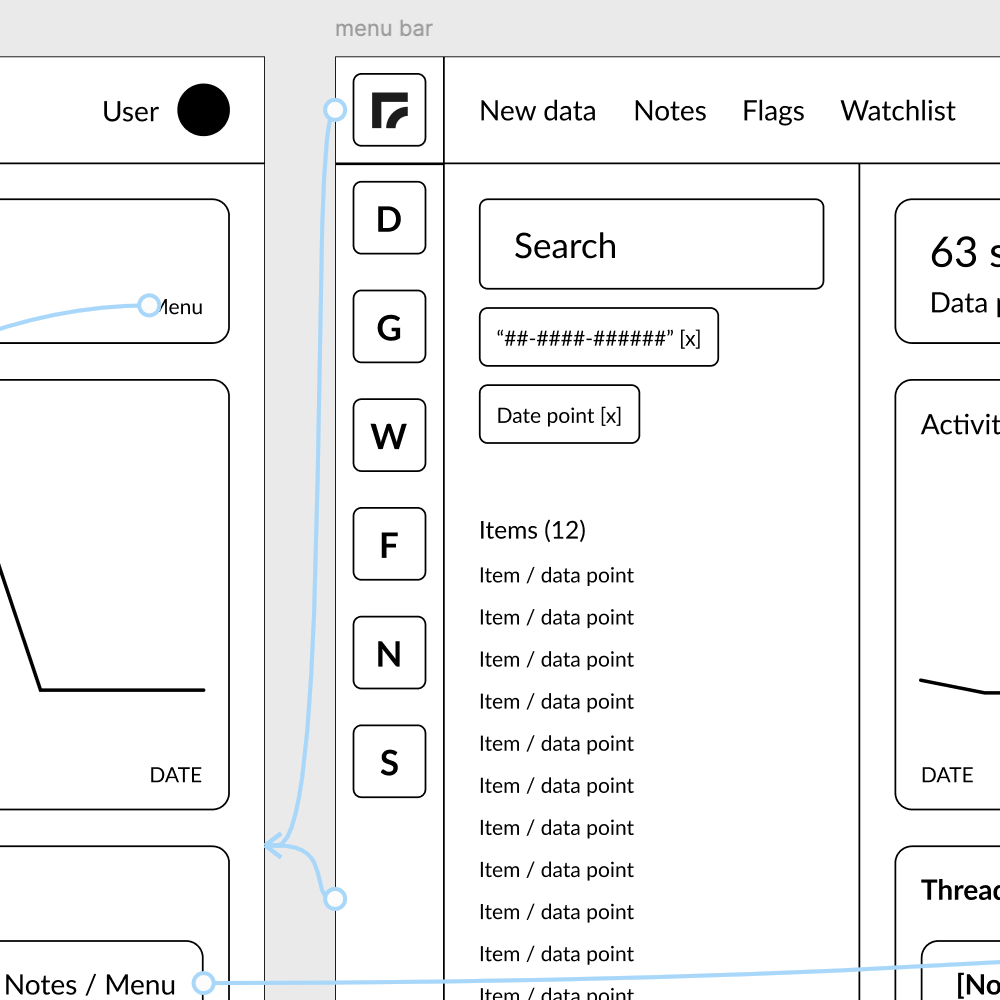
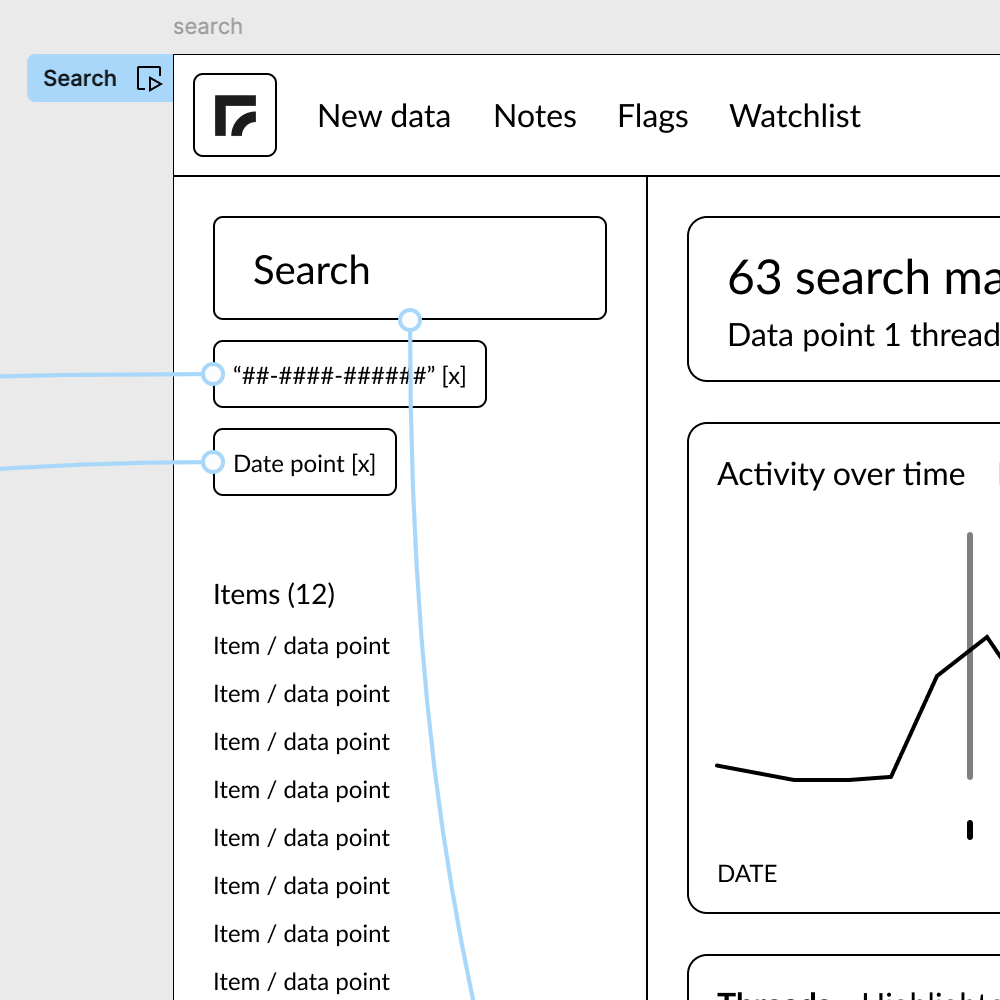
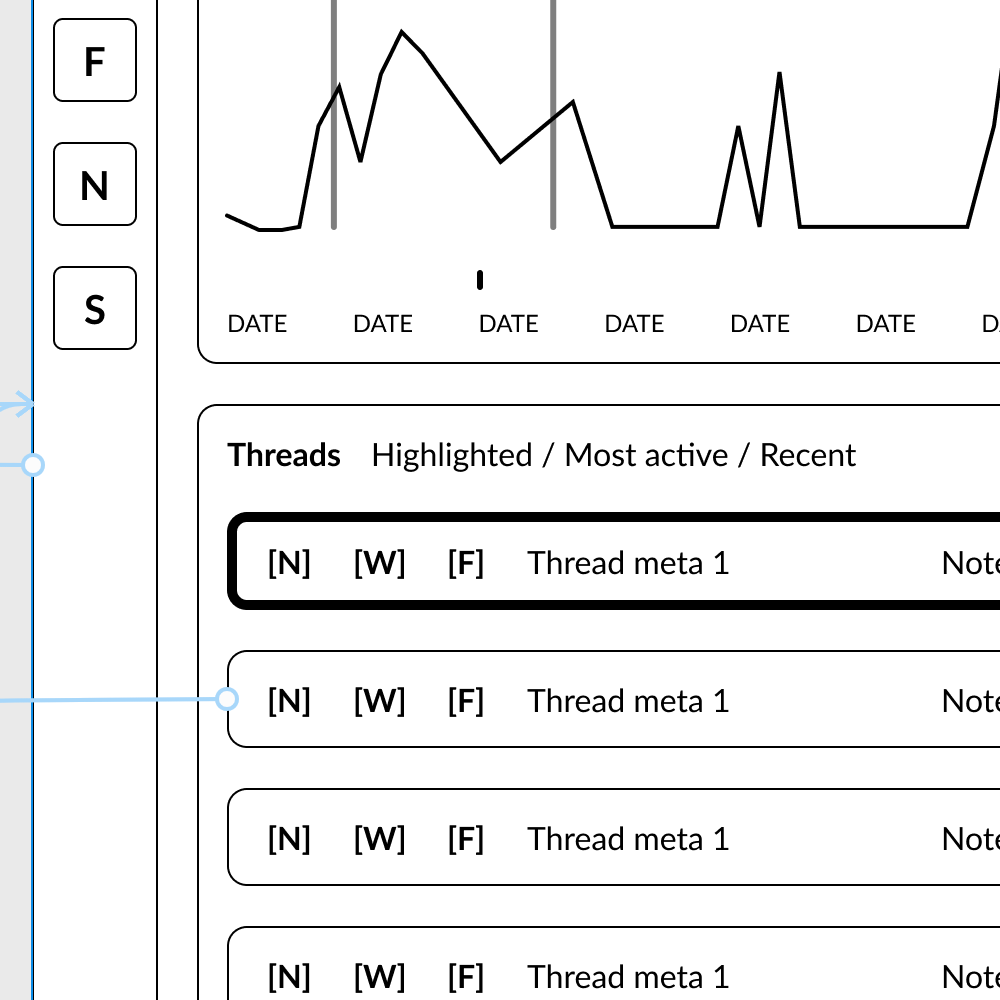
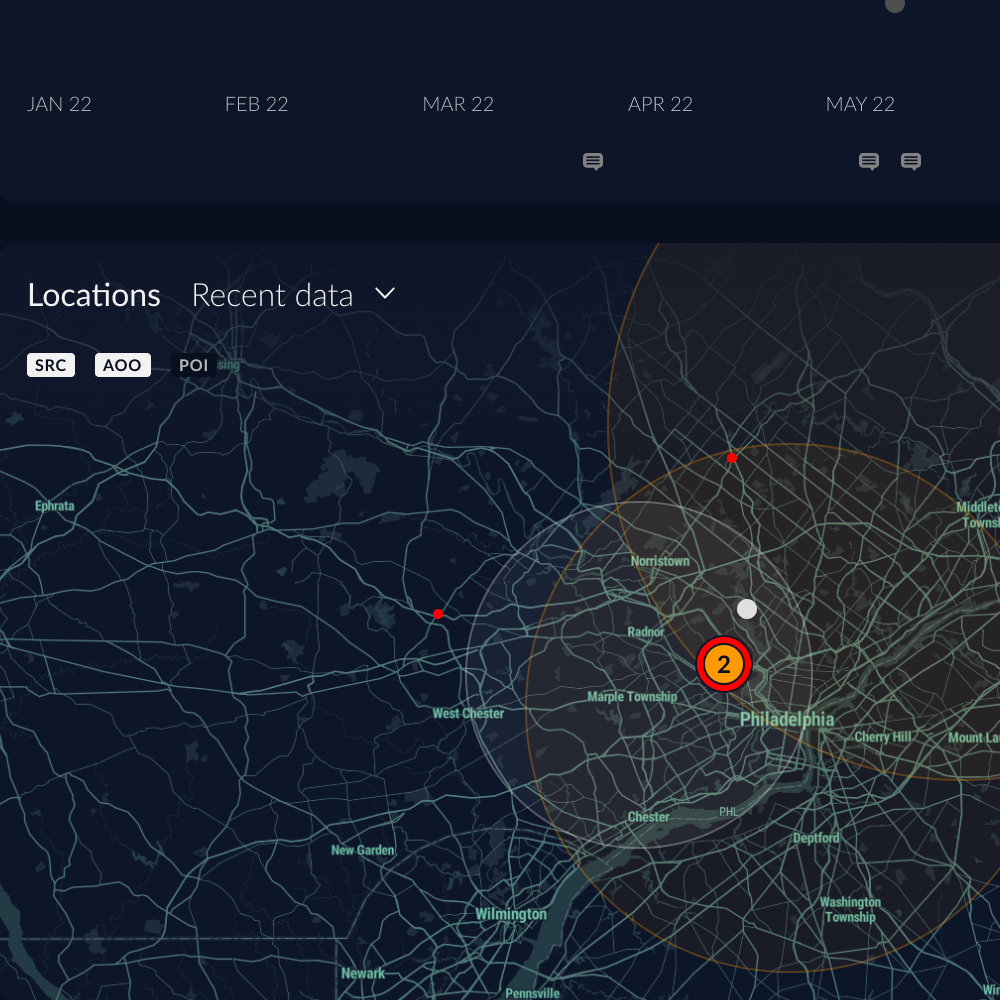
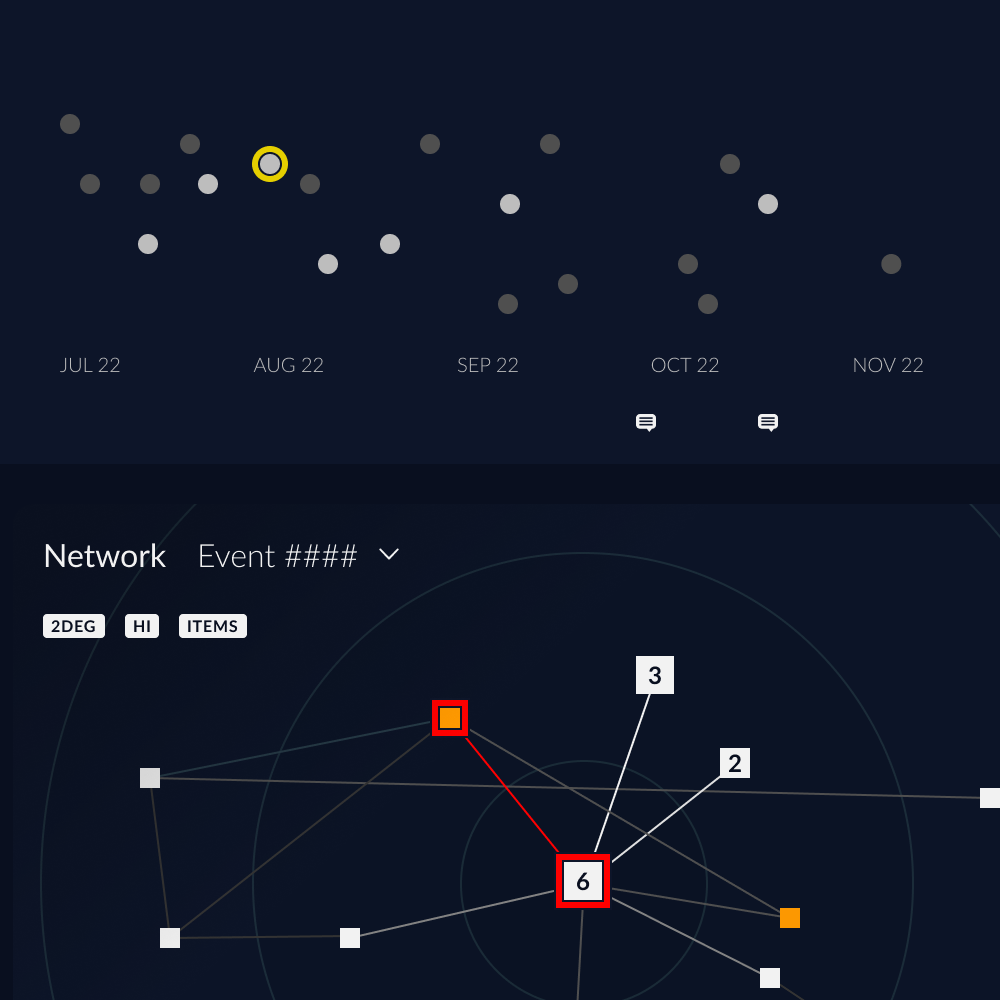
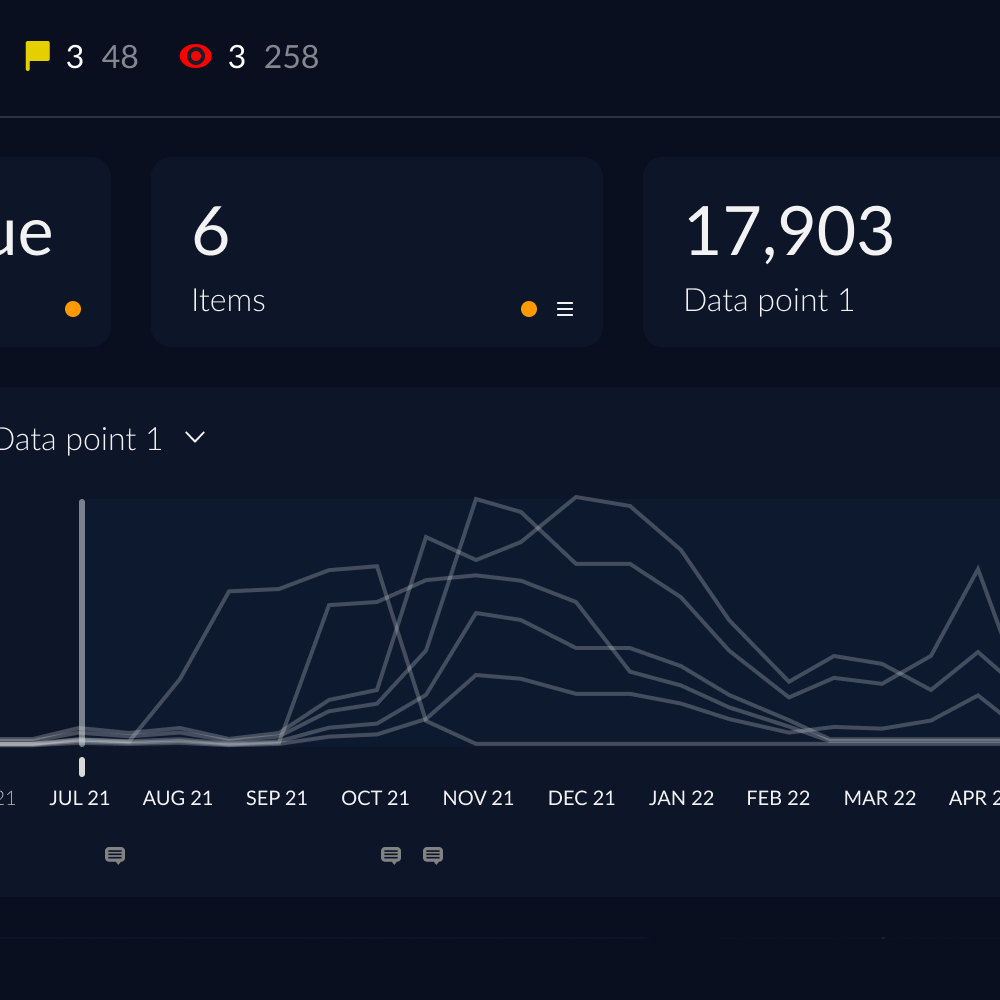
Collaborating Across Teams to Establish a Robust Design System Framework
To support counter-intelligence and cyber security applications, I led the early development of Rebellion’s internal design system, ensuring visual consistency, interaction quality, and brand alignment across the product suite. This work involved standardizing components, content templates, and usability standards, benefiting not only the counter-intelligence tool but also other Rebellion desktop applications.
Working collaboratively with the wider design team, I refined and expanded the design system using Figma and Storybook. By incorporating variable/token-based styled assets and components, I streamlined the engineering handover process and established a scalable framework to support efficient development and consistency across Rebellion’s SaaS products
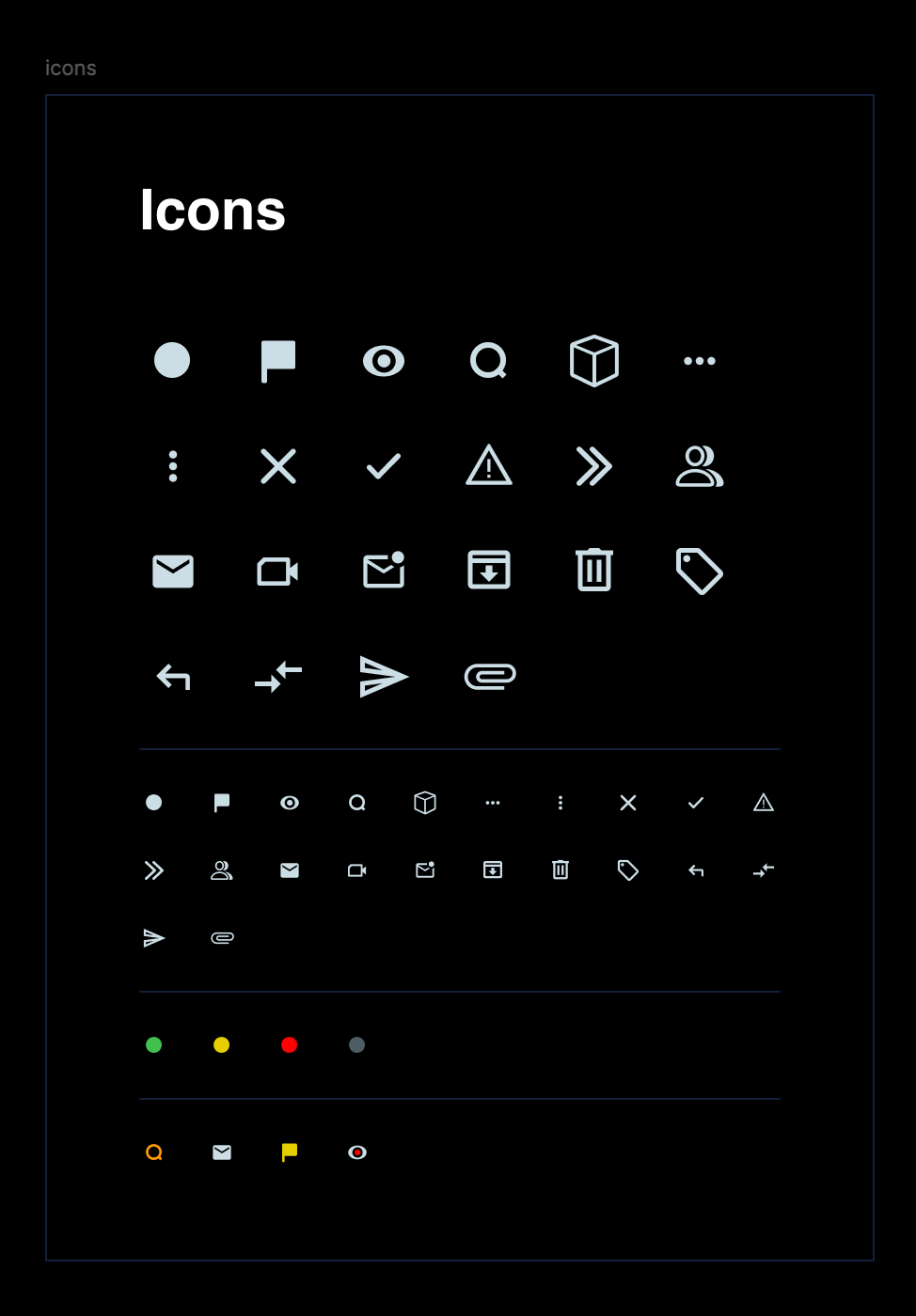
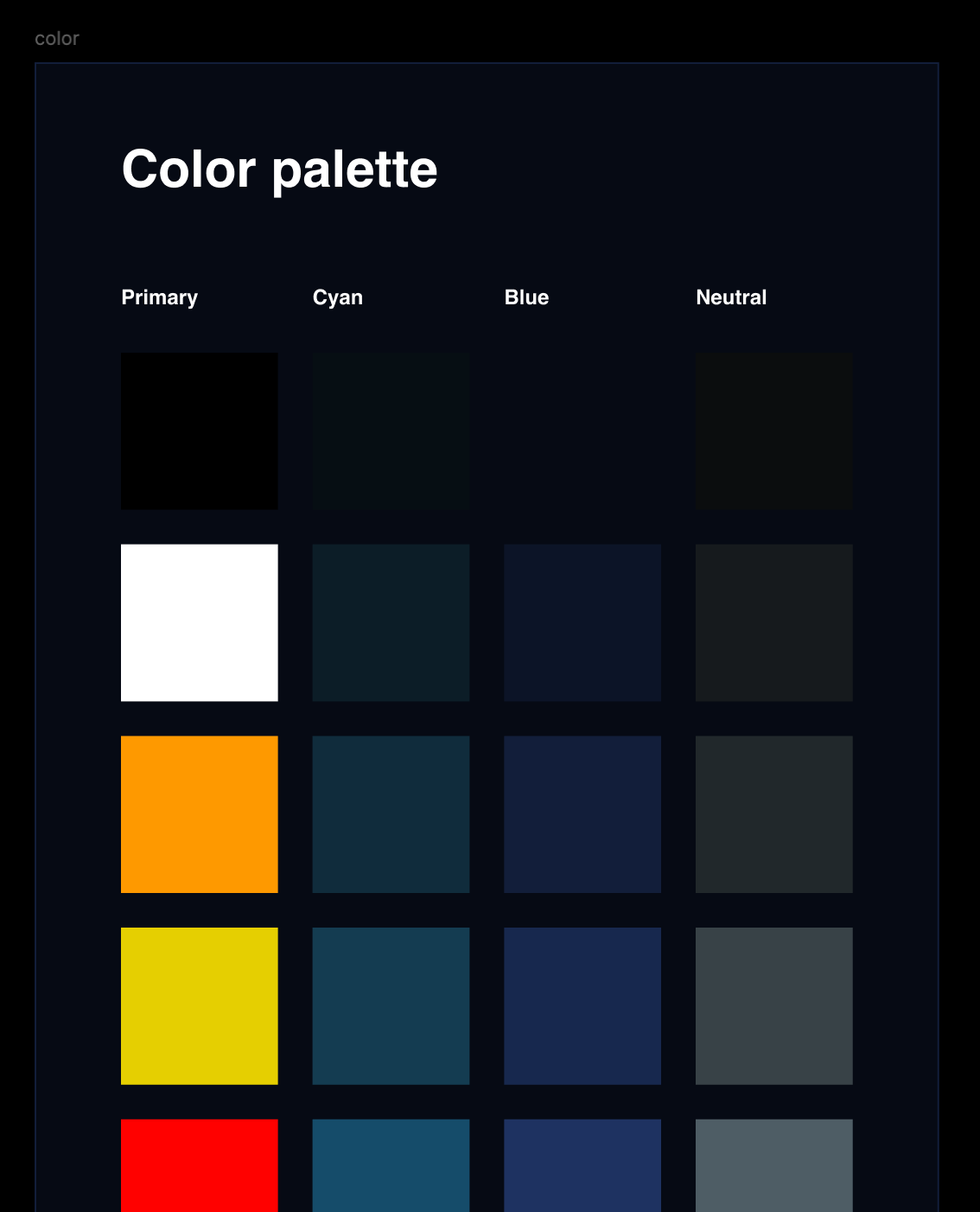
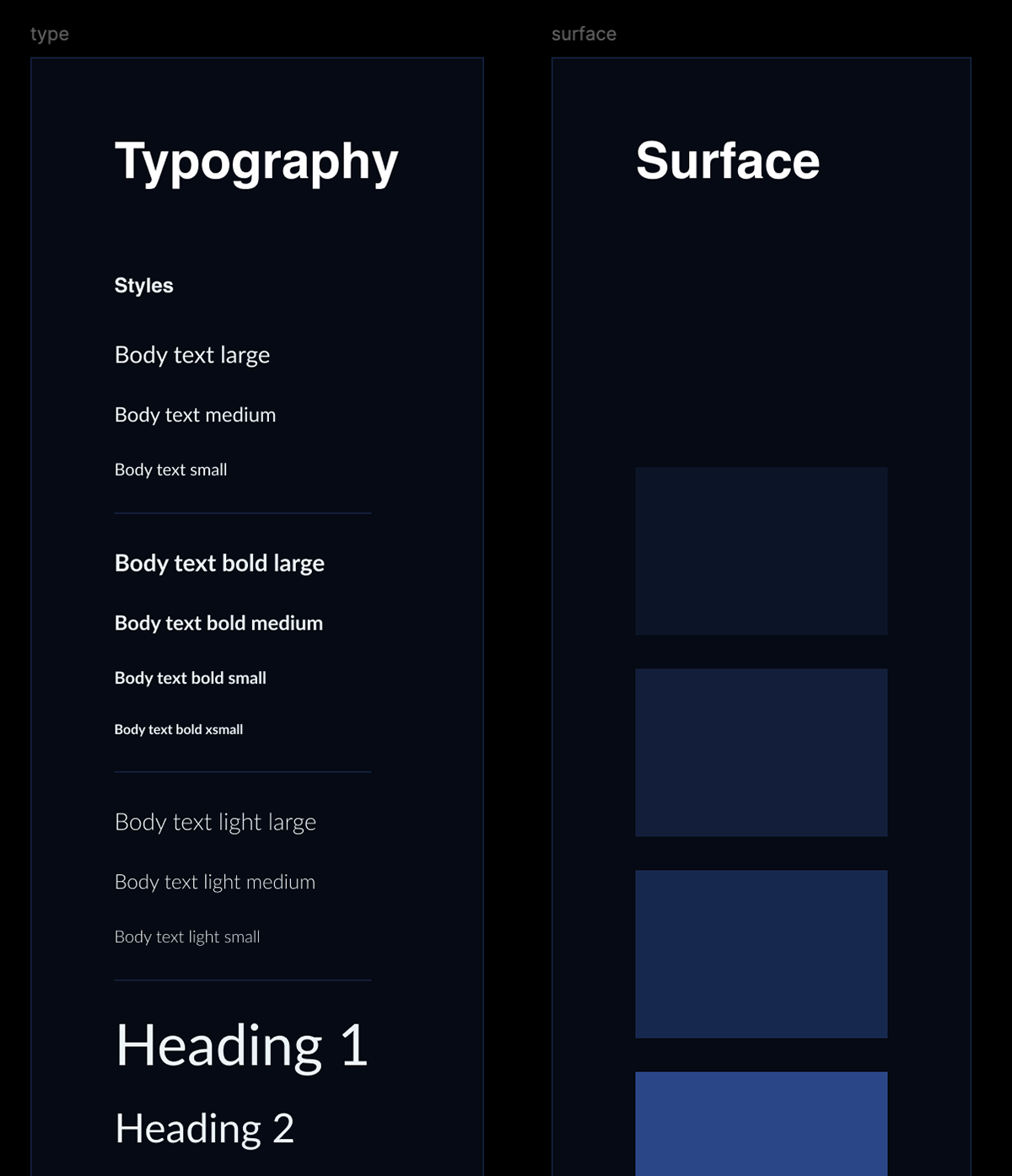
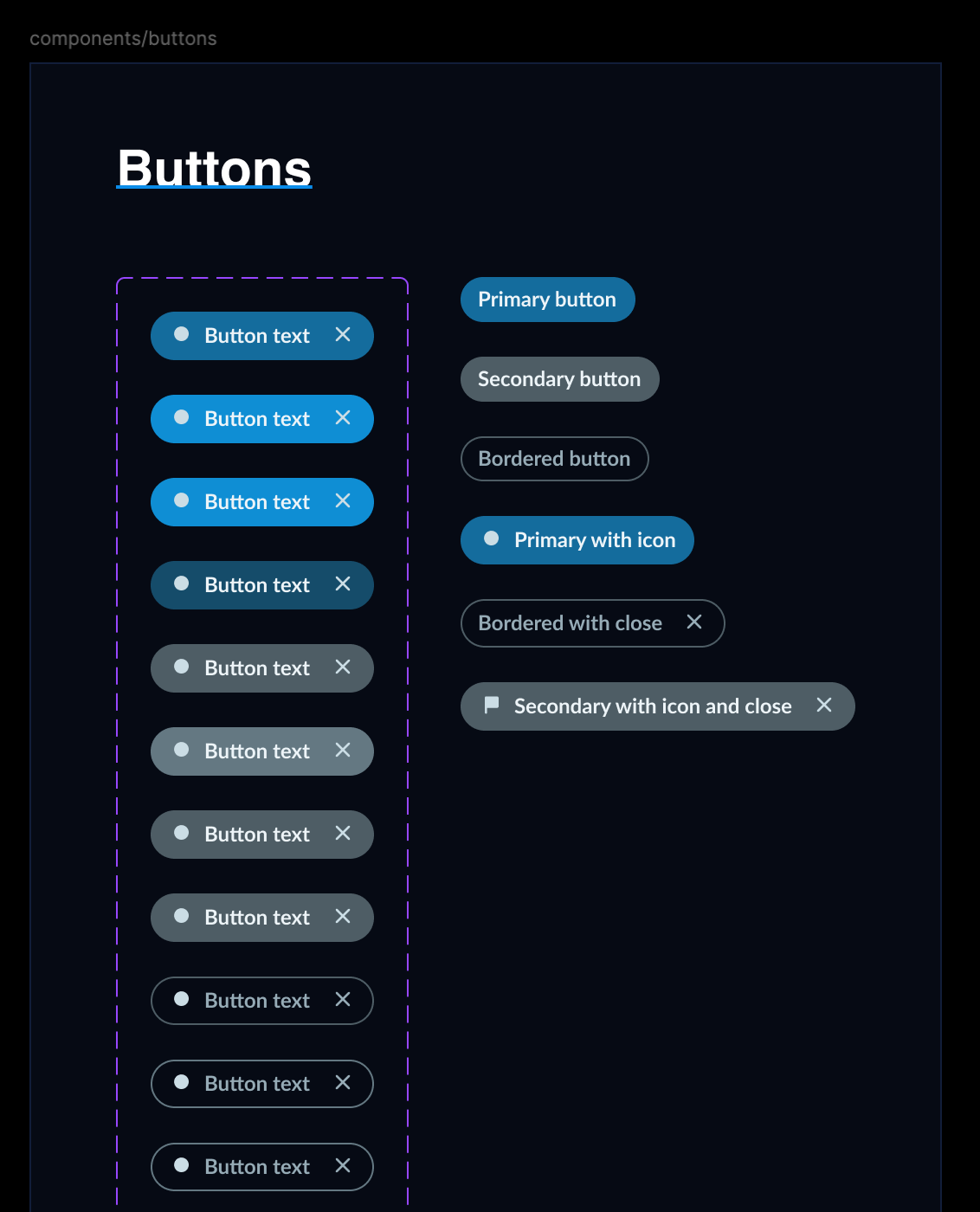
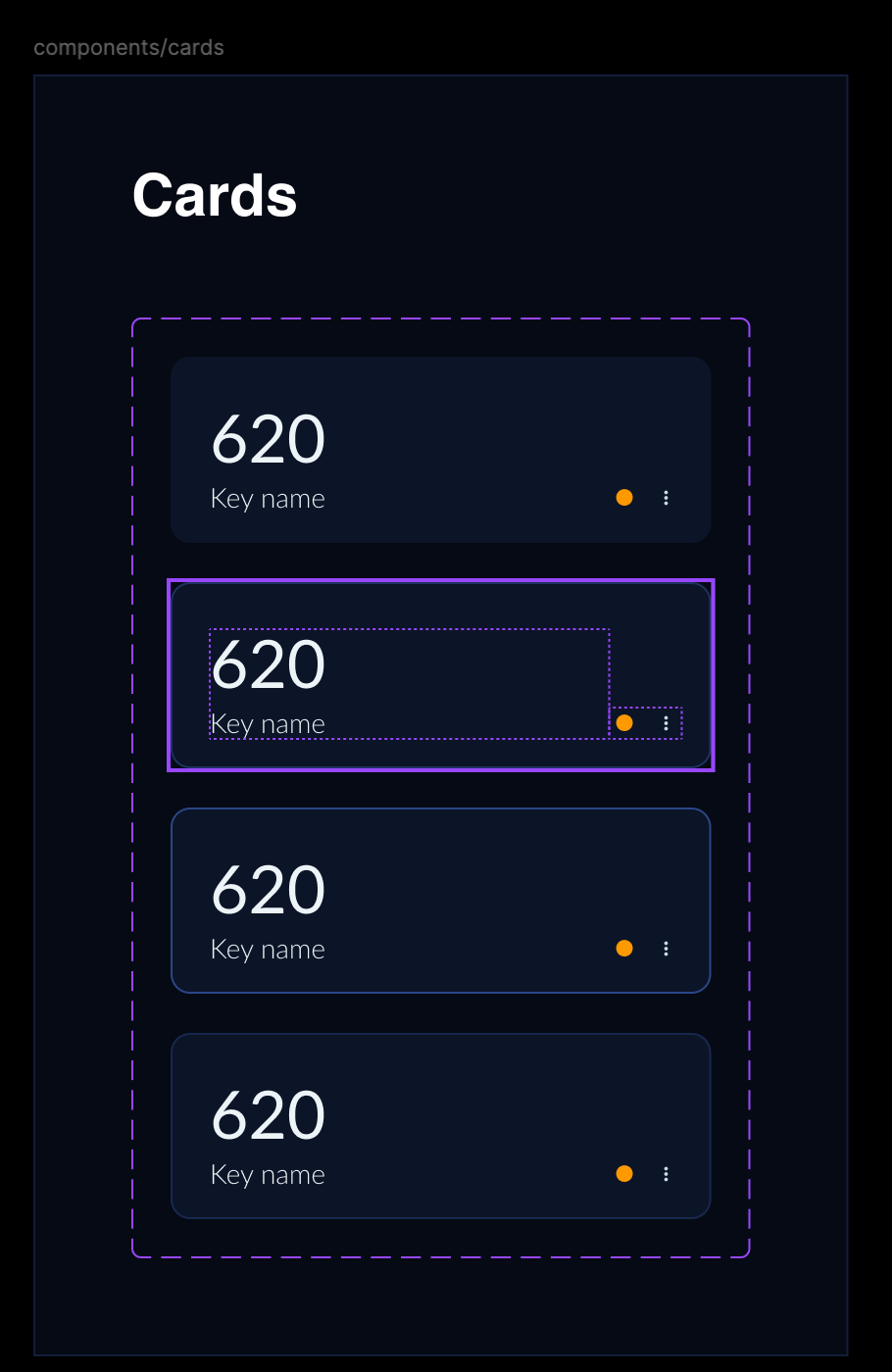
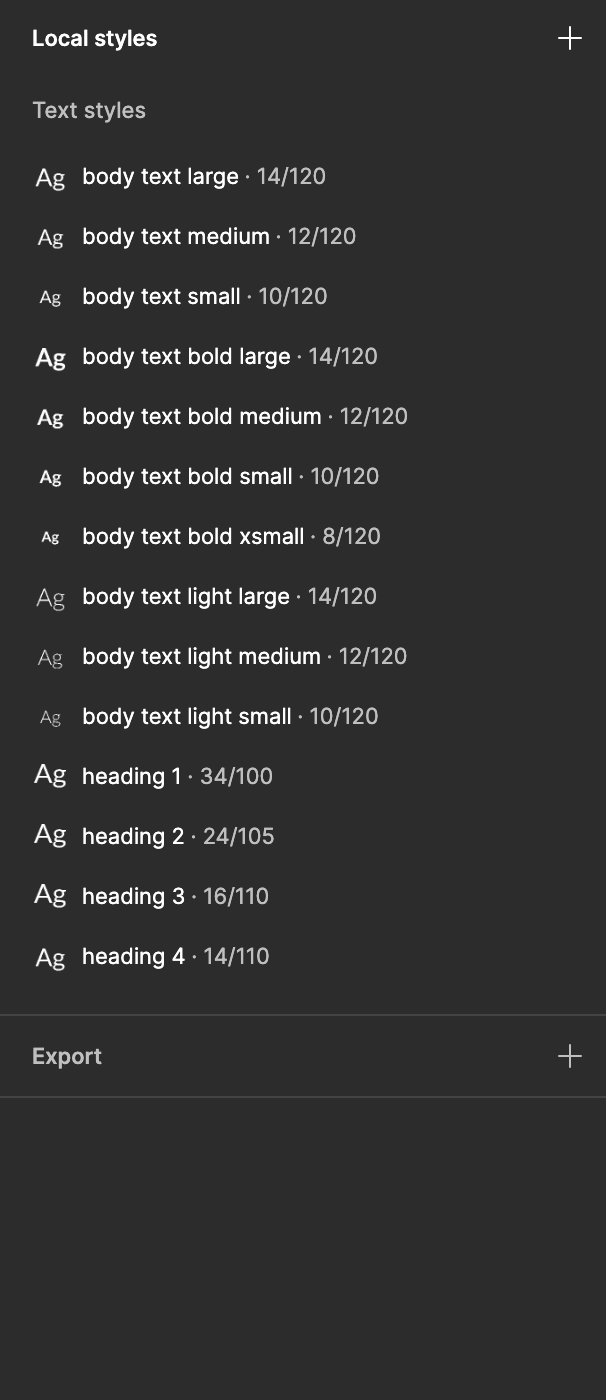
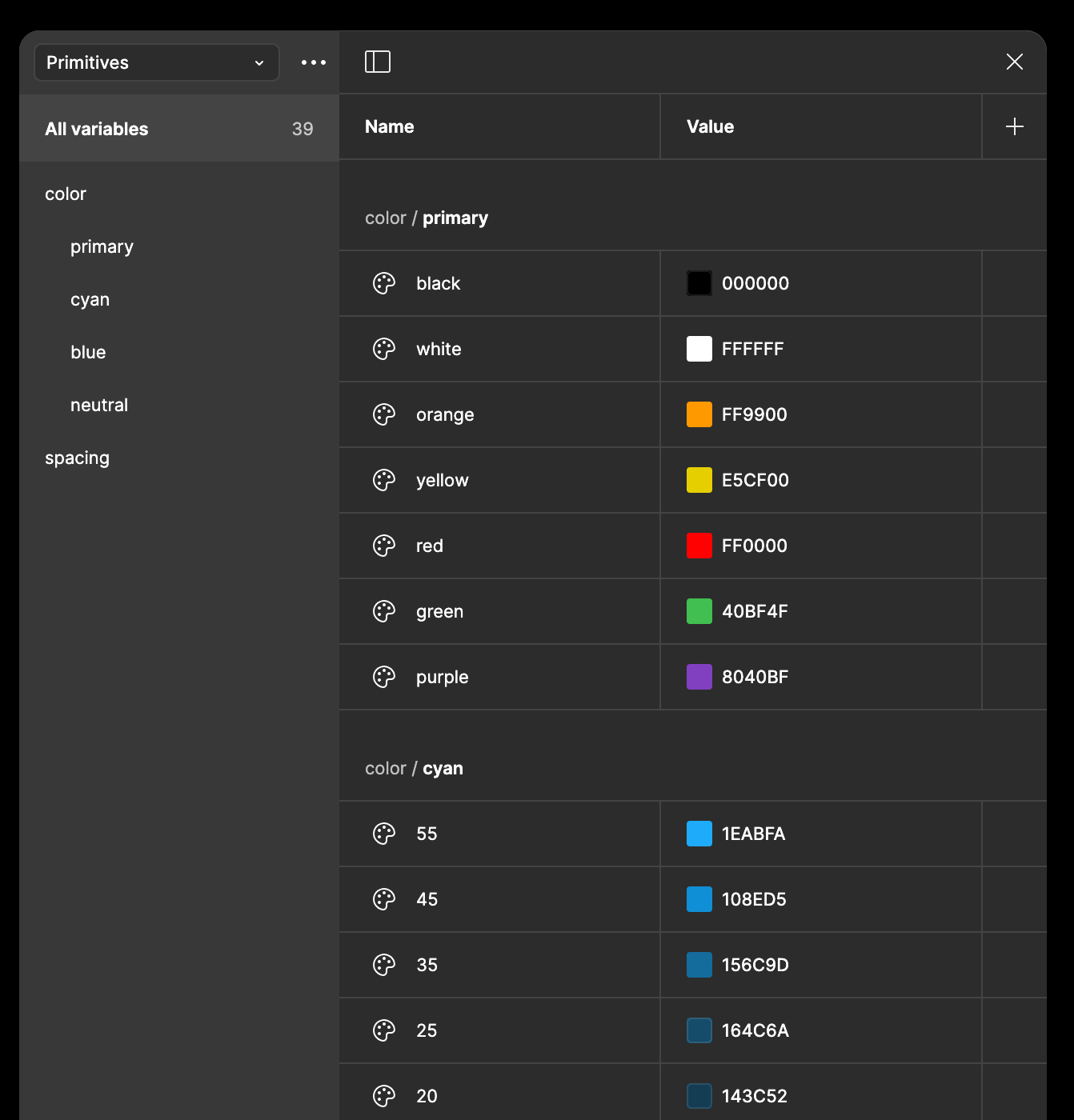
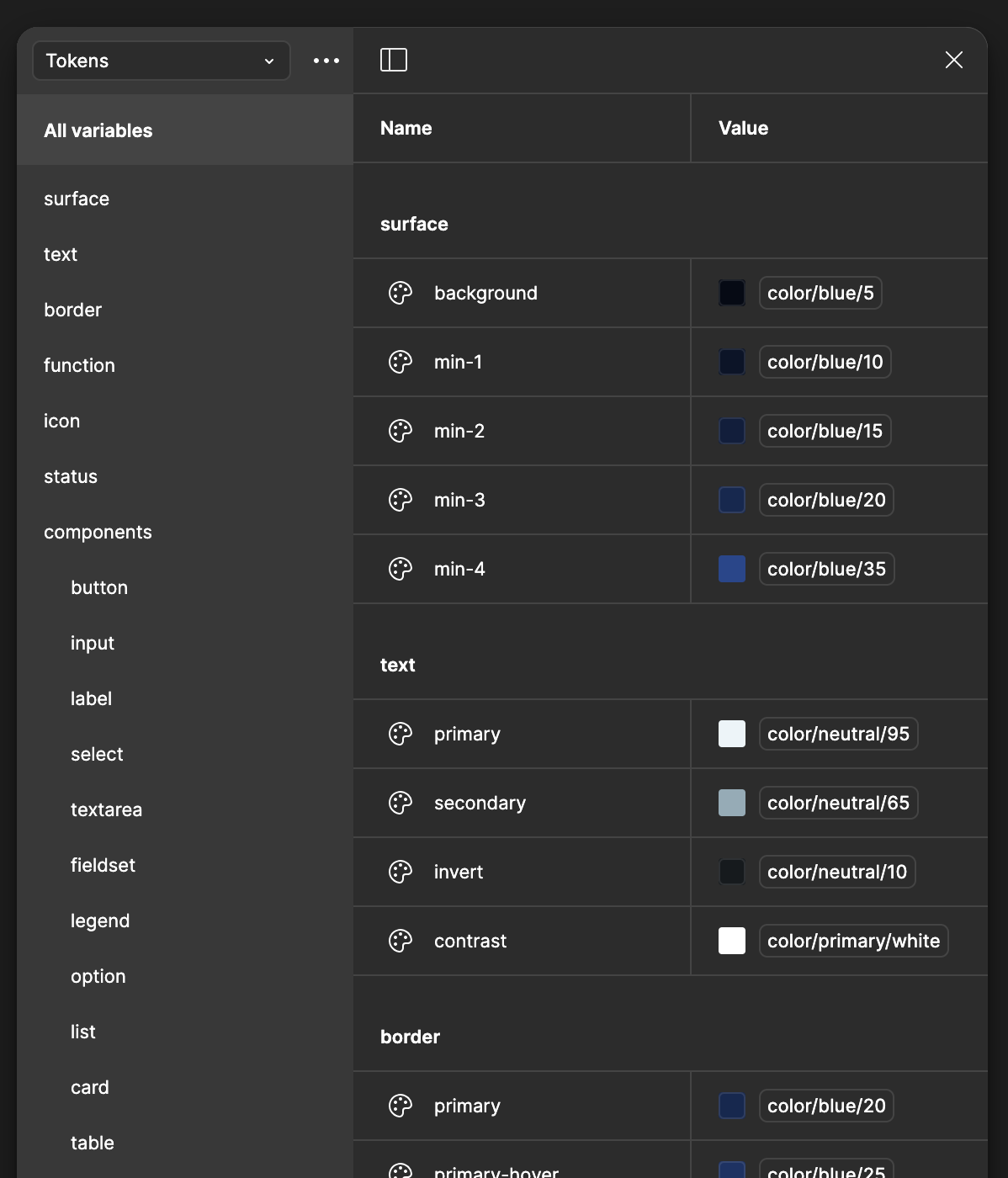
Outcome
Streamlined, intuitive, search driven interface for interrogating complex intelligence data
Significant functionality added by 12 months, surpassing existing systems' search capabilities
Consistent design language across all application areas
Results
MVP delivered in 6 months.
Actionable insight time reduced from days to minutes.
Unique ML-backed features developed.
Official operational endorsement received.
Deployed at the edge of live operations.
